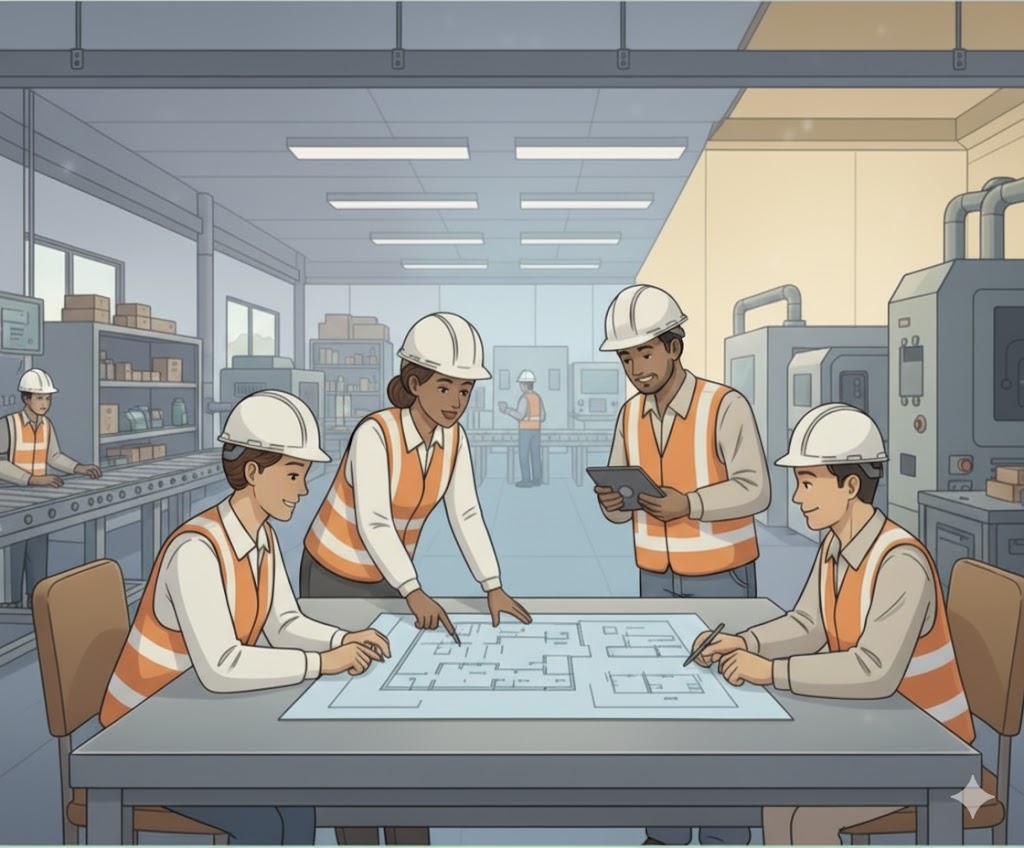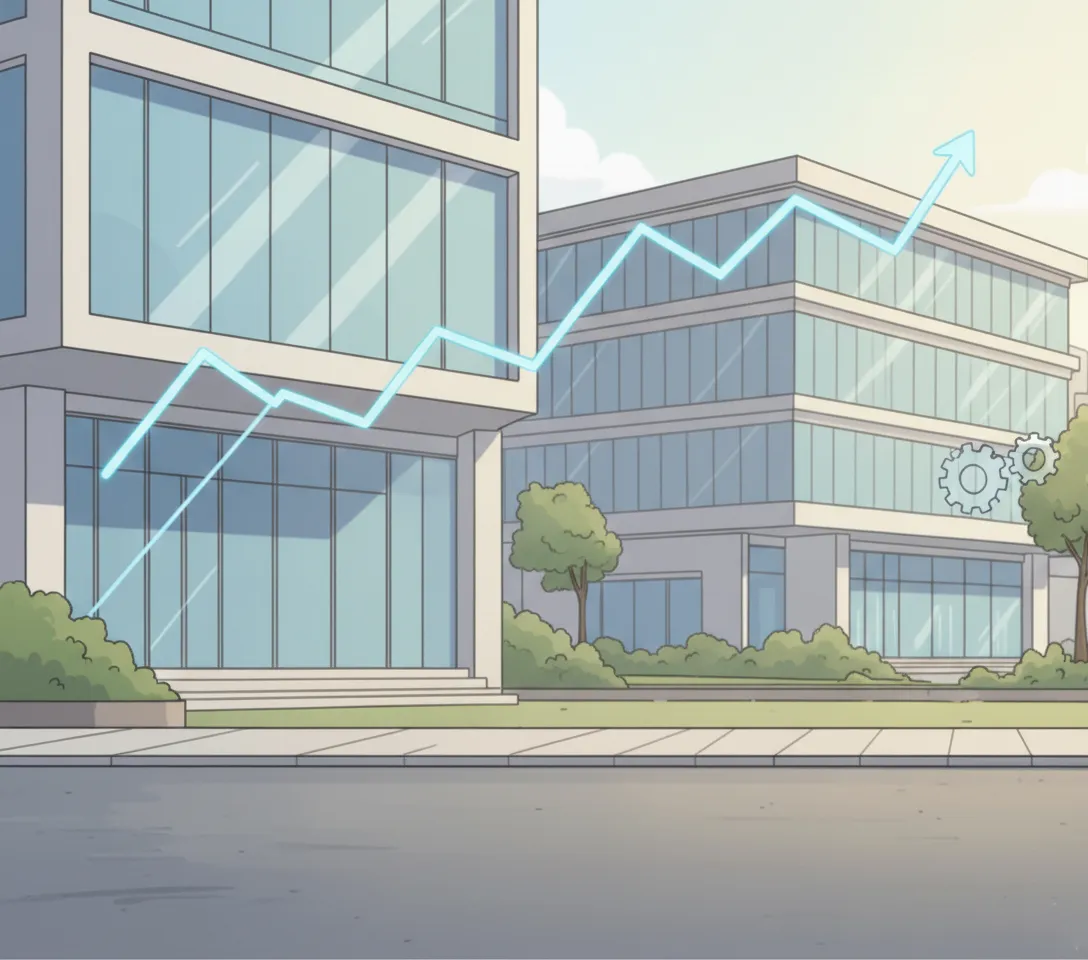Transition from Reaction to Prevention
Focusing solely on fixing incidents leads to blind spots. Enhancing safety performance requires a transition from reaction to prevention by building proactive capability.

"Underneath every simple, obvious story about 'human error,' there is a deeper, more complex story about the organization”. — Sidney Dekker, The Field Guide to Understanding Human Error
The Challenge: Why Efforts at Safety Tend to Fail
Walk into most safety meetings after an incident, and the familiar pattern emerges: fix the immediate problem, update the procedure, retrain the worker, and move on. This focus keeps us in a cycle of reactivity, failing to address the underlying systemic issues. Instead, we fall into three common blind spots:
Blind Spot #1: The Wrong Diagnosis
When we only focus on fixing incidents after they happen, we are being reactive instead of proactive. We’re treating symptoms while ignoring the underlying organizational condition. The real issue isn't the events themselves, but that our teams aren't equipped enough to prevent them. And like any misdiagnosis, treating the wrong thing means the problem persists, or gets worse. This highlights the crucial difference between the reactive and preventive mindset:
- Reactive Thinking: "An incident happened. Let's investigate, find the cause, fix the person or process, and prevent it from happening again."
- Preventive Thinking (The Transition): "What capabilities do our people need to succeed in complex, unpredictable conditions? How do we build those capabilities before incidents occur?"
Blind Spot #2: The Checklist Trap
The belief that compliance equals safety leads to a dependency on checking boxes and following procedures, without equipping teams to think, adapt, and build safety into how they actually do their jobs. While procedures are essential, relying on them as the primary safety mechanism creates a dangerous illusion of control. When the inevitable unpredictable condition arises, one the checklist doesn't cover, workers are left unprepared. Compliance without connection to actual, on-the-job capability never elevates performance.
Blind Spot #3: The Failure to Anchor
Organizations often focus on quick fixes and new initiatives, moving from one bright, shiny object to the next, and believing the next intervention will solve everything, without allowing time for change to take root. Safety culture, however, comes from patience, consistency, and actions that hold steady long enough to build belief and permanently change habits. Without proper anchoring, even the best initiatives fail to stick.
Why We Keep Falling for the Blind Spots
The irony is that we fall for these blind spots because it feels safer. It offers concrete steps, measurable results, and immediate closure. An incident happens, an investigation is closed, and corrective actions are filed away. This illusion keeps us stuck, convincing us that the problem is fixed simply because the paperwork is done.
Moving from reaction to prevention requires something harder: anticipating what hasn't happened yet. It demands investing time and resources into building capabilities that might prevent unpredictable problems, and trusting your people's judgment and expertise over simply enforcing compliance.
Organizations stay reactive and compliant because:
- It requires less upfront investment than building proactive systems.
- It's easier to justify to leadership (respond to visible problems vs. prevent invisible ones).
- It follows familiar patterns that safety has always followed.
- It feels like control in an unpredictable world.
This comfort comes at a cost. As Sidney Dekker's research shows, underneath every "simple" human error story is a more complex organizational story, one about gaps in training, unclear expectations, inadequate resources, or systems that set people up to fail. When we only fix incidents after they occur, we never address these deeper organizational issues. We keep our teams in a perpetual state of unpreparedness, then blame them when things go wrong.
The Opportunity: What If We Equipped People to Succeed?
Imagine your safety approach looked different:
- What if people had the skill and authority to prevent risks proactively?
- What if leaders focused on understanding work, not just investigating failure?
- What if your culture was built on resilience, not merely compliance?
This isn't just optimistic thinking, it's how high-reliability organizations operate. They don't wait for things to go wrong. They build robust systems and capable people who can handle complexity and uncertainty effectively.
The fundamental transition from reaction to prevention doesn't mean abandoning incident investigations. It means balancing them with intentional capability-building that prevents incidents from occurring in the first place, ensuring we avoid the three blind spots entirely.
The How: Building Proactive Capability Through Design
At TrueMomentum Safety, we help organizations make this transition from reaction to prevention through our five-phase TrueMomentum Blueprint:
- Assess the current reality with honesty and curiosity. Understand what capabilities your teams actually need to succeed.
- Align around shared values and visible commitment. Ensure leadership commitment goes beyond words to visible action.
- Activate engagement and accountability. Equip frontline workers with skills that move beyond simple checklist entries.
- Amplify what works to energize and celebrate progress. Share success stories of problems prevented, not just solved.
- Anchor habits so culture sticks. Embed proactive practices into daily routines to prevent failure to anchor.
This Blueprint doesn't eliminate the need for reactive responses, incidents will still happen. But it fundamentally changes the balance toward building the capabilities that prevent most incidents from occurring in the first place.
Take Action Today
Don't wait for the next incident. Start building proactive capability now.
Here's what to do today: Identify one recurring type of incident or near-miss in your organization. Instead of asking "What went wrong?" ask "What capabilities do our people need to prevent this from happening?"
Then, have a conversation with your team about building those capabilities proactively. Maybe it's better hazard recognition training. Maybe it's clearer decision-making authority. Maybe it's simply giving people time to think and plan before rushing into high-risk work.
Whatever it is, take one step toward building the capability before you need it. That's how you stop treating symptoms (avoiding the Wrong Diagnosis Blind Spot), build capability over mere procedure (avoiding the Checklist Blind Spot), and anchor proactive habits for the long term (avoiding the Failure to Anchor Blind Spot).
As Sidney Dekker reminds us, underneath every incident is a deeper organizational story. The question is: are you ready to understand and address that story proactively, or will you keep reacting to the same plot over and over again?
That is how you achieve the powerful transition from reaction to prevention.
Safer, by Design.
About the Author
Terri Willis is the founder of TrueMomentum Safety. She aspires to equip everyone in your organization to make safety a natural part of how they work. Terri's insights help teams turn safety challenges into real solutions, creating workplaces that are Safer, by Design. You can learn more on the about page.

